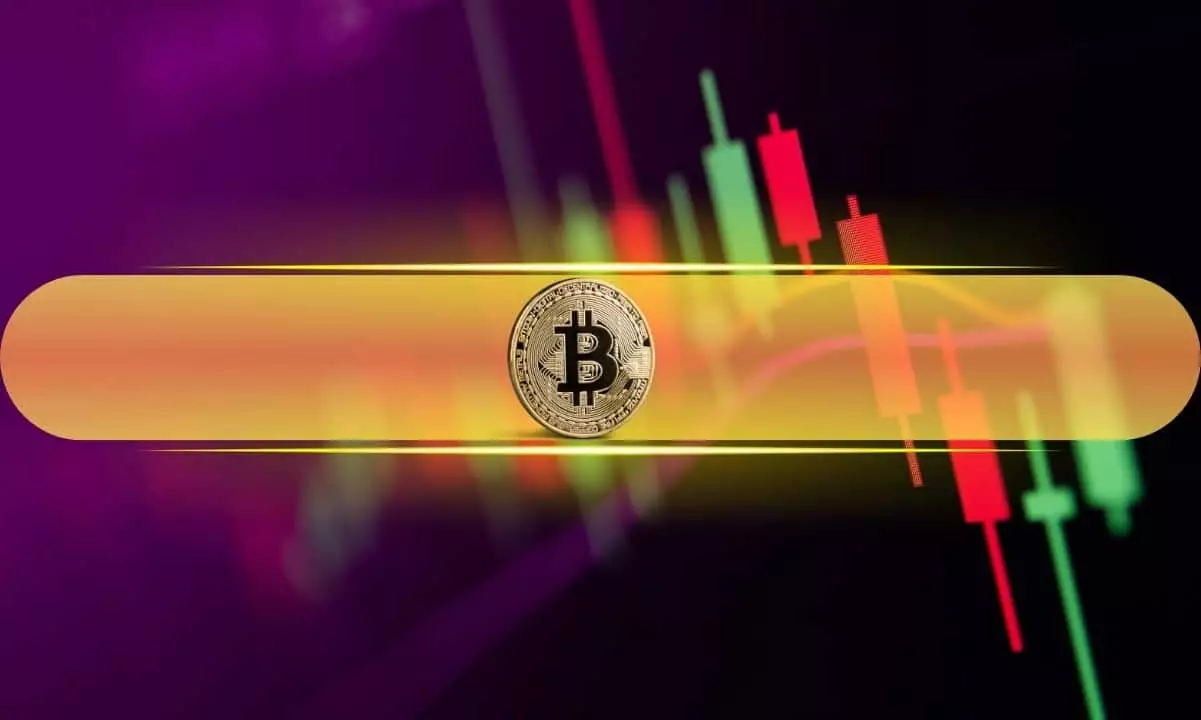The recent uptick in Bitcoin’s price, approaching the symbolic $110,000 mark, signals a potentially pivotal shift, but one that must be scrutinized critically. While a 1.6% increase in 24 hours might seem promising, it’s essential to interpret this within the broader context of market manipulation, speculative fervor, and institutional influences. The crypto market’s resilience appears resilient, yet beneath this veneer lies a fragile foundation heavily reliant on external triggers rather than organic growth. Such rapid price movements often mask underlying volatility that could explode if confidence falters, especially given the proximity to an all-time high just a month prior. The narrative that Bitcoin’s ascent directly correlates with fundamental adoption is overly optimistic; instead, it’s increasingly driven by market sentiment and the influx of new, perhaps inexperienced, retail investors.
Regulatory Developments: A Double-Edged Sword
The passing of the “One Big, Beautiful Bill” in U.S. Congress introduces nuanced implications. While on the surface, the bill seems investor-friendly—reducing taxes and boosting depreciation rules—it also embodies the wary balancing act regulators attempt to maintain: encouraging innovation without unleashing chaos. The absence of explicit crypto regulation in the bill can be perceived both as a missed opportunity for clarity and a strategic delay meant to keep the industry in a semi-legal gray area. For proponents of libertarian principles and free-market capitalism, this ambiguity might be welcomed as a way to prevent overreach; for critics, it represents a lack of coherent policy at a time when institutional and mass adoption demand firm guidance. The potential for increased mining operations due to tax incentives is compelling, but it also risks larger environmental concerns and centralization, which the crypto community should address openly rather than pretend isn’t an issue.
Institutional Infiltration and Market Psychology
One of the most telling signals today is the BlackRock IBIT ETF outperforming its flagship S&P 500 ETF. This indicates a tectonic shift in investor sentiment—crypto is no longer peripheral but embedded within the fabric of mainstream financial planning. While such institutional involvement could lend legitimacy, it also raises questions about the overheated valuations and motivations of large entities seeking dominant influence over the market. It’s unrealistic to dismiss these developments as purely bullish; rather, they highlight that the market is becoming increasingly intertwined with traditional finance, which can lead to greater volatility and systemic risks if not carefully managed. Investors should remain cautious, particularly as fee-driven products create a skewed perception of performance and risk.
Altcoins: The Wild West or the Next Frontier?
The surge of altcoins, especially meme coins like Fartcoin and Bonk, hints at a broader psychological phenomenon—massive speculative gambling dressed up as innovation. Gains of over 17-20% for these tokens are symptomatic of a market overly reliant on hype rather than fundamentals. While some may celebrate this as democratization of finance, it more often signals a bubble mentality where marginal tokens can catapult in value overnight, leaving late entrants with significant losses. The apparent stability of large-cap altcoins like ETH, DOGE, and ADA provides some reassurance, yet it should not lull investors into complacency. Such volatility underscores the inherent risks and the importance of a discerning approach that prioritizes long-term value over short-term gains driven by viral trends.
The Reality Check: Are We in a Bubble or Just Beginning?
The overarching concern should be whether this rally signifies a sustainable growth trajectory or is merely a speculative bubble fueled by macroeconomic uncertainties, low interest rates, and a collective desire for ‘the next big thing.’ Retail investors, often driven by FOMO and social media hype, are particularly vulnerable to sharp corrections. For those holding center-right liberal views, this scenario underscores the need for balanced regulation that encourages innovation without sacrificing security or stability. Policymakers should focus on fostering transparency and accountability within the industry while resisting temptations to overly clamp down on its disruptive potential. The crypto market’s future hinges on whether it can evolve into a mature asset class, or if it will succumb to the chaos of its own hype. Only time will tell, but one thing remains clear: the underlying dynamics demand critical examination, not blind optimism.














